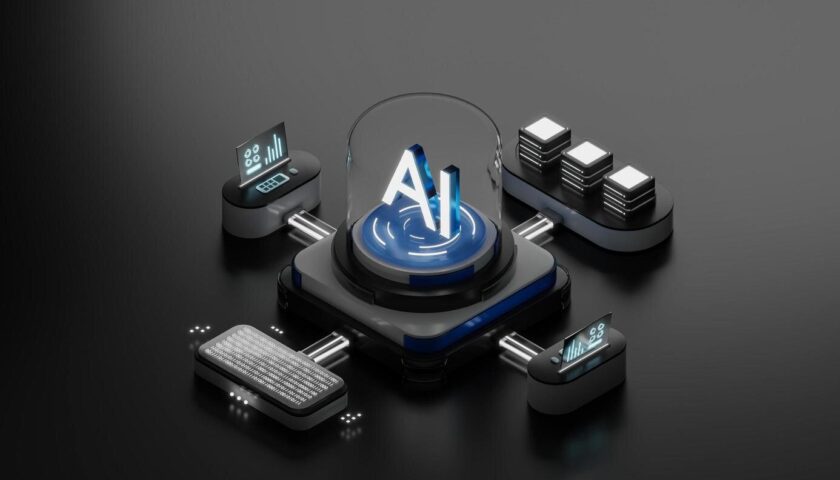Software development holds a pivotal role, acting as a catalyst for innovation and powering an array of digital solutions integral to our daily routines. Software product development represents a structured and essential process of crafting software solutions that cater to distinct needs, whether for individuals, enterprises, or entire industries.
At its core, software product development is a meticulously orchestrated journey. It entails a step-by-step approach, starting from the inception of an idea or identification of a need, followed by meticulous planning, design, coding, testing, and ultimately the delivery of a fully functional software product. This process demands a fusion of technical expertise, creative thinking, and efficient project management to ensure the end product aligns with the envisioned goals and resonates with the intended audience.
The purpose of this comprehensive guide is to demystify the multifaceted world of software product development. By breaking down the journey into its various stages and aspects, we aim to provide a thorough understanding, allowing both beginners and seasoned professionals to navigate the complex realm of software development. From the initial spark of an idea to the realization of a functional software product, this guide will shed light on the crucial milestones and considerations throughout this transformative process.
1. Understanding Software Development: An Overview
Software development is a dynamic amalgamation of art and science dedicated to crafting applications, programs, or systems that streamline tasks and processes. It encapsulates a meticulous and iterative procedure, encompassing design, coding, testing, and maintenance of software. These steps are pivotal to ensure the software functions optimally and aligns with the desired specifications.
The artistry in software development lies in envisioning an efficient solution to a problem or a need and conceptualizing it into a tangible software product. Creativity is essential to design an intuitive user interface and experience that resonates with the end-users.
On the other hand, the scientific aspect involves coding, where developers use programming languages to build the software’s architecture and functionality. This phase demands precision, logic, and adherence to coding best practices to create a robust and error-free software.
Furthermore, rigorous testing is imperative to validate the software’s functionality, identify bugs, and refine the code for optimal performance. This iterative process ensures that the software meets the desired criteria and delivers a seamless user experience.
Software development is an orchestrated blend of creativity and technical expertise, guided by methodologies and frameworks, all aimed at producing software that meets specific needs, solves problems, and enhances efficiency across various domains.
2. Stages of Software Product Development
2.1. Idea Generation and Conceptualization
The journey of software development initiates with a spark of creativity, an idea that has the potential to transform into a valuable digital solution. This phase sets the stage for what will be a meticulous and transformative process. It commences with brainstorming sessions, where innovative concepts are generated, explored, and refined. Research plays a crucial role during this phase, delving into market trends, user preferences, and existing solutions to understand the landscape better.
2.2. Requirement Analysis
Once the idea is formed, analyzing and documenting the requirements becomes crucial. It involves understanding the needs of the end-users, defining functionalities, and outlining system specifications.
2.3. Design and Architecture
In this stage, the system architecture is designed, outlining the structure and components of the software. The user interface (UI) and user experience (UX) design are also crucial elements considered during this phase.
2.4. Development
Development is the actual coding phase where the software is built according to the specifications outlined in the previous stages. Developers write code, and the software starts to take shape.
2.5. Testing
Testing involves the rigorous examination of the software to ensure it functions correctly, meets the specified requirements, and is free of bugs and errors.
2.6. Deployment
Once the software passes testing, it is ready for deployment. It involves making the software available to users, often through app stores, websites, or other distribution channels.
2.7. Maintenance and Updates
After deployment, the software requires ongoing maintenance to ensure it remains compatible with evolving technologies and meets the changing needs of users. Regular updates, bug fixes, and enhancements are part of this phase.
3. Essential Aspects of Software Product Development
3.1. Project Management
Efficient project management is crucial to ensure that the software is developed within the specified time frame, budget, and quality parameters. Agile, Scrum, Waterfall, and Kanban are popular project management methodologies.
3.2. Quality Assurance
Ensuring the software meets high-quality standards is vital. Quality assurance involves a systematic process of monitoring and evaluating the software at various stages to identify and rectify issues.
3.3. User-Centric Approach
Understanding the end-users and designing the software to cater to their needs and preferences is essential for a successful software product. User feedback plays a significant role in shaping the software.
3.4. Scalability and Flexibility
Software should be designed to scale with increasing demand and be flexible to adapt to new features, technologies, or changes in the market landscape.
4. Conclusion
Software product development is a complex and intricate endeavor, requiring a blend of creativity, technical acumen, and strategic foresight. It’s a journey that involves multiple stages, each demanding careful consideration and meticulous execution.
Understanding the distinct phases of software development is akin to having a roadmap. It allows developers, designers, and project managers to navigate through the process effectively. From the inception of an idea to the creation of a robust software product, a structured approach ensures that no crucial aspect is overlooked.
Moreover, at the heart of this process lies a commitment to delivering value to end-users. The ultimate goal is to create a software solution that not only meets their requirements but also exceeds their expectations. To achieve this, it’s vital to stay attuned to user needs and preferences, gathering feedback, and iterating the product accordingly.
In essence, software product development is a dynamic and iterative process. As users interact with the software, their feedback becomes a catalyst for growth and improvement. This constant evolution is what ensures the software stays relevant and valuable in an ever-changing technological landscape. By embracing this adaptive approach, a software product can continue to resonate with its audience and maintain its relevance over time.





